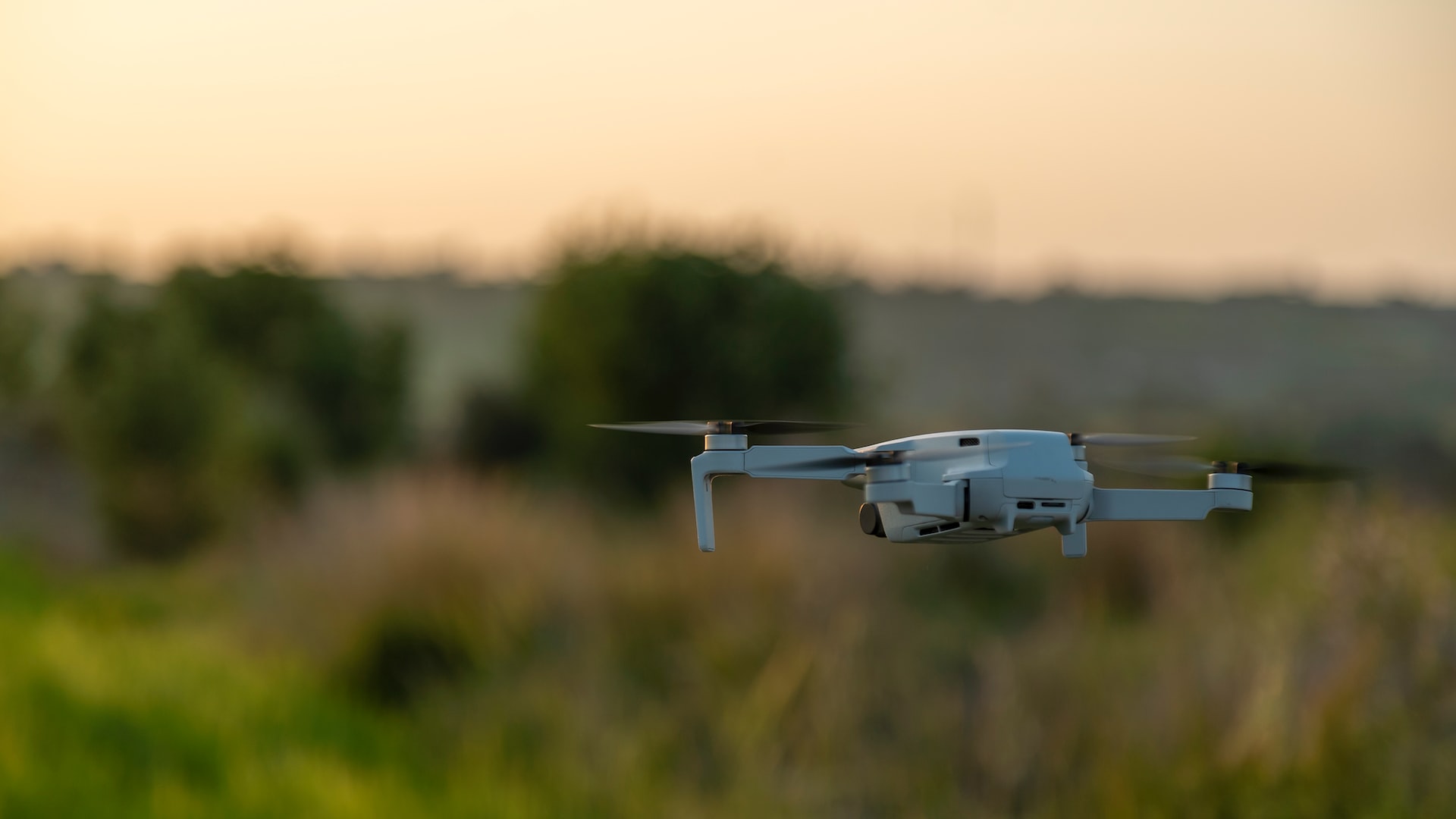The High Cost of Remote Learning
Our ways of life were brought to a standstill with COVID-19. A zoonotic disease that quickly spread and engulfed the entire world. Many had assumed the flu like disease a predecessor of SARS which had also hit the region, but was controlled in time.
But the pandemic that began in 2020 was different. The interconnectedness of cities and Asia’s role in the global value chain meant the virus spread quickly across the world, leading to the World Health Organization declaring it a pandemic.
Businesses had to either pivot to making healthcare products or catering to online modes of business, noticing the rising demand or shut shop. The pandemic brought about a renewed likening to digitization. The digitalization process was hastened by many years amid the pandemic.
The digitization rush was a boon for traditional sectors such as education. Other than the travel & tourism industry, education was the other sector that was greatly hit by the pandemic. With the fear of infection and vulnerability concerning children’s health, schools around the world decided to shut down their premises.
What occurred was a division of schools. One had the bandwidth and the infrastructure to quickly shift to online learning, using open digital platforms such as Google Meet and Microsoft Teams to impart education. Meanwhile, at the other end of the spectrum were schools that possessed no capacity in dealing with this sudden crisis. This division was very evident in Asia. How can remote learning be made more effective, inclusive, and affordable in the region?
This was of one of the themes discussed during the Horasis Asia Meeting, held between 20 to 21 November in Kitakyushu, Japan. The event hosted 400 of the foremost business and political leaders from across Asia and the world, as they discussed ways to revitalize Asia’s economy in building a resilient post-COVID Asia.
Asia’s Worry
The poorer were the most vulnerable amid the pandemic. Other than losing their source of income and livelihood, they had to deal with investing in an internet connection and buying mobile devices for ensuring their children’s education continued.
If this wasn’t a double whammy, household expenses also ballooned by many times due to rising prices of daily essentials. But many also believe that had it not been for ubiquitous mobile phones and cheap internet connections, losses in the education sector would have been far devastating.
What we witnessed amid the pandemic was a knee-jerk reaction, with many countries finding solutions as they go. But it may be a different ball game if future crises do occur. And going by current issues such as inflation, trade fragmentation and worsening climate crisis, we are on path to further future crises for which being prepared is a better investment of time and money.
Asia will need to start investing and rethinking its critical infrastructures such as healthcare, education, electricity, public transport, water, waste management, trade and climate change adaptation to be better prepared for future crises.
Start Now
Asia will need to start now. The region has the resources, but what it needs is better planning and management of it. Some countries in the region have already tested 5G internet bandwidth, while three of Hong Kong’s mobile network operators have already launched 5G services in April 2020.
The bandwidth that 5G brings, provides speed and overcomes latency issues, making it a viable tool for traditional sectors such as education to not only use it for online learning, but also digitize their processes and operations for better results and future preparedness.
To also be better prepared for future crises, governments in the region will need to start investing in developing a high-quality teacher pool. Perhaps in this case, others can learn from Singapore. The country’s policymakers decided early to invest in developing a comprehensive system. The key element of this system was to recruit prospective teachers from the top one-third of the secondary school graduating class. All teachers receive training on the Singapore curriculum. Attractive salaries were provided for beginning teachers that was at par with other occupations for new graduates. Teachers in Singapore are also entitled to 100 hours of professional development each year. Outstanding work by teachers is also recognized and rewarded annually.
Final Thoughts
Just jumping to remote learning won’t be enough. Today’s policymakers must aim for enabling “meaningful connectivity”, which means that students, teachers, and parents can use the Internet every day via an appropriate device with enough data and connection speed to enable learning.
Culmination of public-private partnerships will also need to happen to ensure needed developments in the education infrastructure. But these developments need to include elements of online education to be prepared for future crises like COVID-19.
Stakeholders in the education sector cannot operate in silos anymore. Ministries of education will need to transform into learning organizations that are quick to learn from their limitations, draw a balance between remote and physical learning, increase the quality and relevance of their edtech policies, and implement a robust impact evaluation strategy.
Photo Caption: Remote learning during the pandemic was a luxury not everyone could afford.



